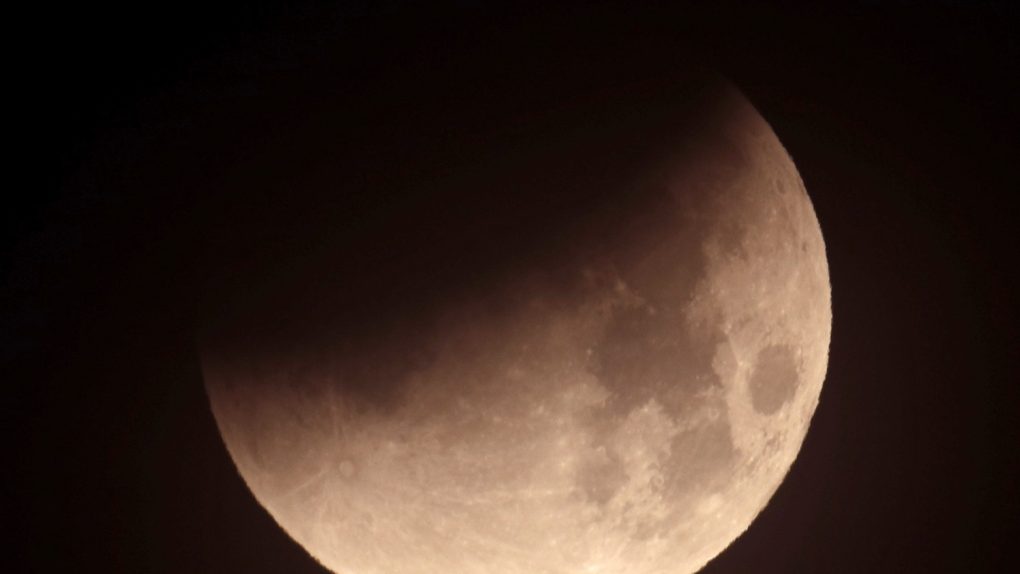Humanity has been staring at the Moon for thousands of years. We’ve gazed at its surface through telescopes and even visited it ourselves. With a relationship that close you’d think that we’d at least have an idea of where it came from, but that just isn’t the case. Scientists have suggested countless explanations of where our friendly little neighbor came from. These educated guesses range from mild to wild, but now there’s an entirely new one, and boy is it a doozy.
At the moment, most in the scientific community believe one of a few different theories about how the Moon formed. At their core, the theories suggest that it formed around the same time as Earth, out of the same material that was floating around the Sun, or that it was the eventual result of a large impact during Earth’s formative years which led to a large mass of material being blasted away from the planet and into orbit where it formed a sphere. Both of these guesses have been supported by scientific data revealing similarities between what makes up both the Earth and the Moon, but they don’t tell the entire story.
The material that makes up both Earth and its only natural satellite are similar but not identical, and that has left the door open for other theories that might better explain how our planet and its moon could have formed independently of one another. A new paper published in the Journal of Geophysical Research suggests a novel explanation for how it all went down, but it’s a bit hard to wrap your head around.
In the paper, the researchers propose that the Moon was formed out of what is called a synestia, which is a theoretical phenomenon that occurs when two planet-sized objects smash into each other in space. The collision creates a volatile cloud of debris as well as fast-moving molten rock which eventually forms a kind of donut-shaped mass. That mass rapidly cools and collapses back into a center mass which becomes a planet.
This totally hypothetical scenario is what scientists believe could have resulted in the Earth-Moon combo, with a smaller blob of material gathering vaporized rock on its surface and forming our Moon while the bulk of the material settled into the body that became Earth. This theory would explain why the Moon is Earth-like in its composition but not exactly identical, since the synestia would have localized many elements into its center mass which formed the planet.








